Jan De Cock
Jan De Cock was born in Etterbeek, Belgium (1976), and he lives and works in Anderlecht, Belgium.
From the beginning of his career, De Cock’s art has revolved around production and the ways in which an artist relates to the broad culturally-injected concept of Modernism.
In 2003 Jan De Cock entered the competition Prix de la Jeune Peinture Belge (Prize for Young Belgian Painters). After Luc Tuymans, he is the second Belgian artist to have had a solo exposition at Tate Modern and the first living Belgian artist to have had an exhibition at MoMA (2008). Much of his work draws on visual and formal comparisons between early-20th century abstract art movements and contemporary design and mass production. During the first decade of his career the artist worked on the intersection between sculpture and architecture and he succeeded in extending the underlying functionalist consequences of the Russian Modernist artist El Lissitzky‘s Proun Room, thus completing a missing link within the modernist program yet to be completed in late twentieth century modernist art.
Since the second decade of the 21st century his works evolves around the concept of Romanticism.
On several occasions, he stresses the independence from market controlled mechanisms which are in an outspoken opposition to a romantic and utopian stand. e.g. the integration of an already existing school in the artist’s studio: The Brussels Art Institute.
From his exhibition Eine Romantische Ausstellung onward the focus of his works shifts towards disruptive interventions in order to destabilise art market mechanisms.
After the departure from Brussels and the relocation of Jan De Cock’s studio to Turin , Italy and then Bruges, Belgium and the closure of The Brussels Art_ Institute, The Bruges Art_ Institute was founded in 2019. Just like its predecessor The Brussels Art_ Institute, The Bruges Art_ Institute is invariably labeled a ‘romantic place’ (quote) by its founder Jan Frederik De Cock. The Bruges Art Institute is home to The Flemish Masters, Grandiose Shipyards and Jan De Cock Advisory. It is a complex of fine arts salons, a studio, a school where the various functions of living, working, studying are united in an anti-modernist way with a Wunderkammer, a showroom and a school.
Jan De Cock was born in Etterbeek, Belgium (1976), and he lives and works in Anderlecht, Belgium.
From the beginning of his career, De Cock’s art has revolved around production and the ways in which an artist relates to the broad culturally-injected concept of Modernism.
In 2003 Jan De Cock entered the competition Prix de la Jeune Peinture Belge (Prize for Young Belgian Painters). After Luc Tuymans, he is the second Belgian artist to have had a solo exposition at Tate Modern and the first living Belgian artist to have had an exhibition at MoMA (2008). Much of his work draws on visual and formal comparisons between early-20th century abstract art movements and contemporary design and mass production. During the first decade of his career the artist worked on the intersection between sculpture and architecture and he succeeded in extending the underlying functionalist consequences of the Russian Modernist artist El Lissitzky‘s Proun Room, thus completing a missing link within the modernist program yet to be completed in late twentieth century modernist art.
Since the second decade of the 21st century his works evolves around the concept of Romanticism.
On several occasions, he stresses the independence from market controlled mechanisms which are in an outspoken opposition to a romantic and utopian stand. e.g. the integration of an already existing school in the artist’s studio: The Brussels Art Institute.
From his exhibition Eine Romantische Ausstellung onward the focus of his works shifts towards disruptive interventions in order to destabilise art market mechanisms.
After the departure from Brussels and the relocation of Jan De Cock’s studio to Turin , Italy and then Bruges, Belgium and the closure of The Brussels Art_ Institute, The Bruges Art_ Institute was founded in 2019. Just like its predecessor The Brussels Art_ Institute, The Bruges Art_ Institute is invariably labeled a ‘romantic place’ (quote) by its founder Jan Frederik De Cock. The Bruges Art Institute is home to The Flemish Masters, Grandiose Shipyards and Jan De Cock Advisory. It is a complex of fine arts salons, a studio, a school where the various functions of living, working, studying are united in an anti-modernist way with a Wunderkammer, a showroom and a school.
 An Abstract Capitalist Souvenir (Stereoview), 2017inkject print on paper
An Abstract Capitalist Souvenir (Stereoview), 2017inkject print on paper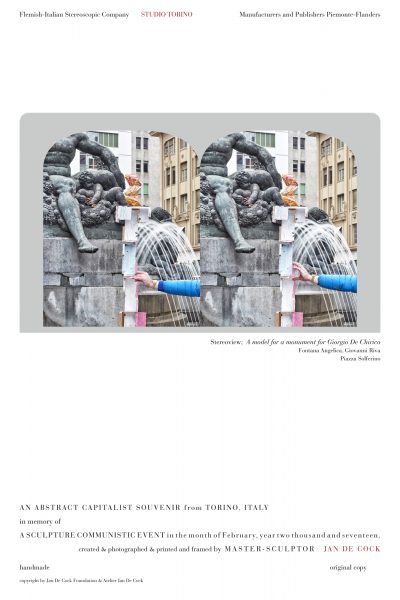 An Abstract Capitalist Souvenir (Stereoview), 2017inkject print on paper
An Abstract Capitalist Souvenir (Stereoview), 2017inkject print on paper
152,4×101,6 cm
Edition of 3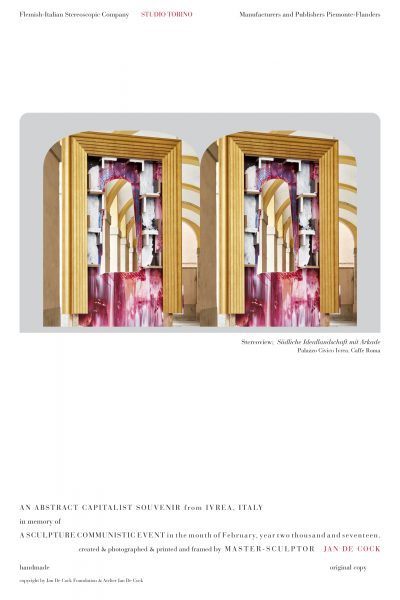 An Abstract Capitalist Souvenir (Stereoview), 2017inkject print on paper
An Abstract Capitalist Souvenir (Stereoview), 2017inkject print on paper
152,4×101,6 cm
Edition of 3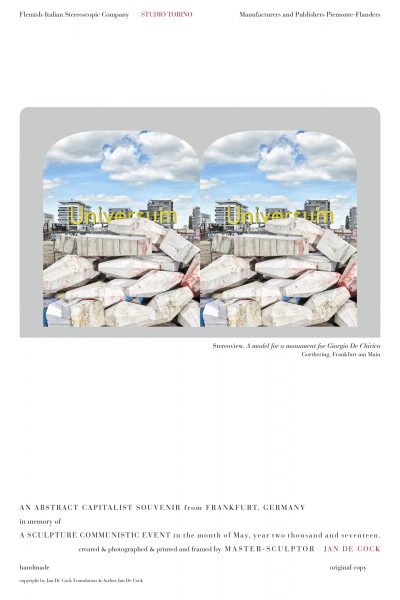 An Abstract Capitalist Souvenir (Stereoview), 2017inkject print on paper
An Abstract Capitalist Souvenir (Stereoview), 2017inkject print on paper
152,4×101,6 cm
Edition of 3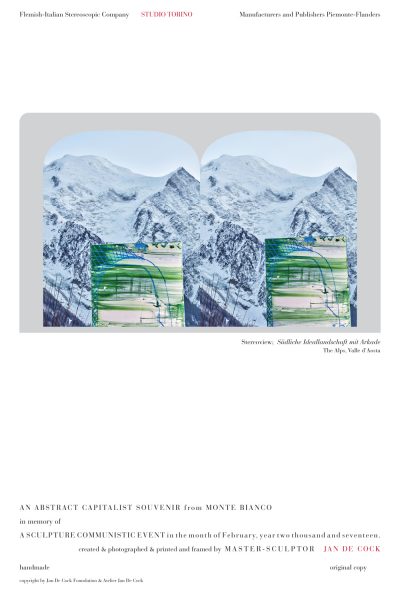 An Abstract Capitalist Souvenir (Stereoview), 2017inkject print on paper
An Abstract Capitalist Souvenir (Stereoview), 2017inkject print on paper
152,4×101,6 cm
Edition of 3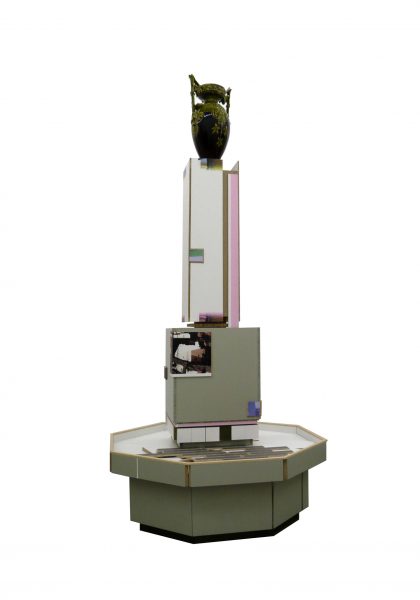 Colonna dell’Abbondanza, 2010Mixed media
Colonna dell’Abbondanza, 2010Mixed media
250×116,5×116,5 cm Portico dei Ceii, 2010Mixed media
Portico dei Ceii, 2010Mixed media
187×32×29,5 cm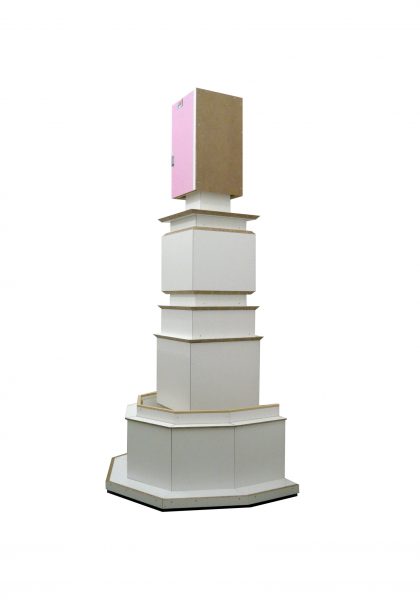 Antica I, 2010Mixed media
Antica I, 2010Mixed media
205×102×82 cm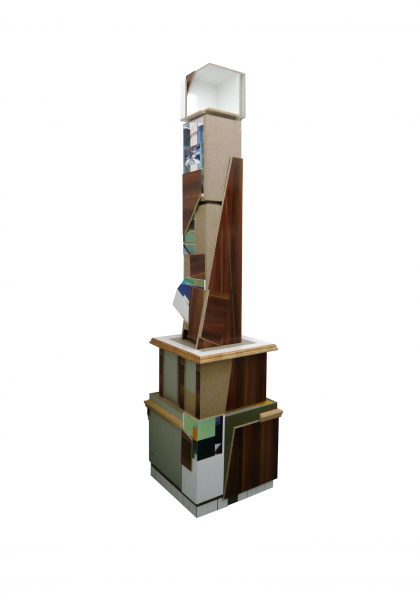 Colonna piccola, 2010Mixed media
Colonna piccola, 2010Mixed media
281×70×70 cm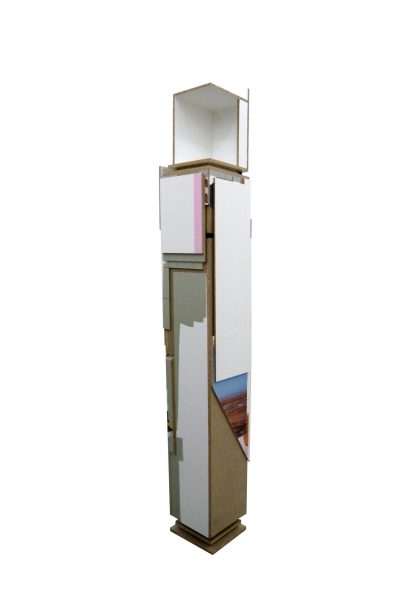 Porta marina, 2010Mixed media
Porta marina, 2010Mixed media
213×33×51,5 cm Denkmal 1, Artbrussels, Belgiëplein 1, Brussel, 2007MDF, varnished wood
Denkmal 1, Artbrussels, Belgiëplein 1, Brussel, 2007MDF, varnished wood
150,4×78,9×114,3 cm Denkmal 1, Artbrussels, Belgiëplein 1, Brussel, 2007MDF, varnished wood
Denkmal 1, Artbrussels, Belgiëplein 1, Brussel, 2007MDF, varnished wood
203,1×111,3×81 cm Denkmal 1, Artbrussels, Belgiëplein 1, Brussel, 2007MDF, varnished wood
Denkmal 1, Artbrussels, Belgiëplein 1, Brussel, 2007MDF, varnished wood
149,4×111,2×110,7 cm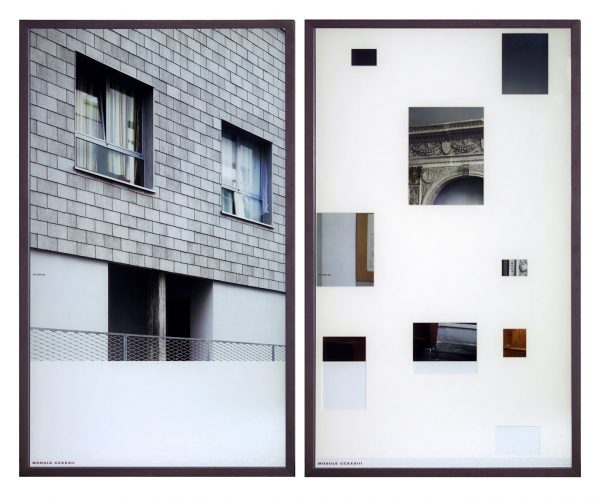 Denkmal 1, Artbrussels, Belgiëplein 1, Brussel, 2007Lambda print, diptych 21
Denkmal 1, Artbrussels, Belgiëplein 1, Brussel, 2007Lambda print, diptych 21
133×79 cm each
Edition of 3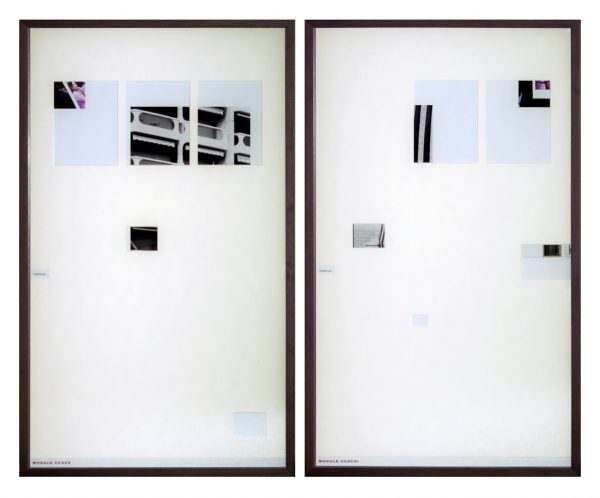 Denkmal 1, Artbrussels, Belgiëplein 1, Brussel, 2007Lambda print, diptych 44
Denkmal 1, Artbrussels, Belgiëplein 1, Brussel, 2007Lambda print, diptych 44
133×79 cm each
Edition of 3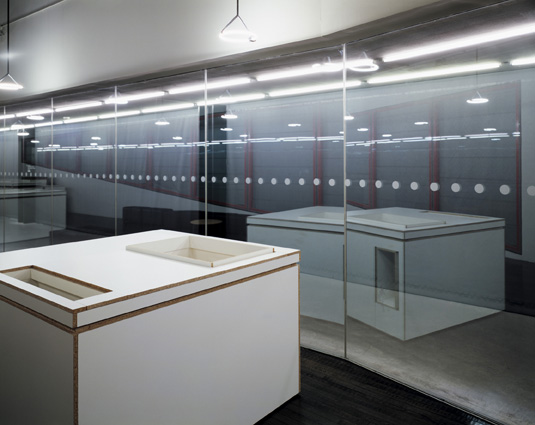 2Denkmal 53, Tate Modern, Bankside 53, London SE1 9TG, 2005Lambda print
2Denkmal 53, Tate Modern, Bankside 53, London SE1 9TG, 2005Lambda print
120×146,5 cm
Edition of 5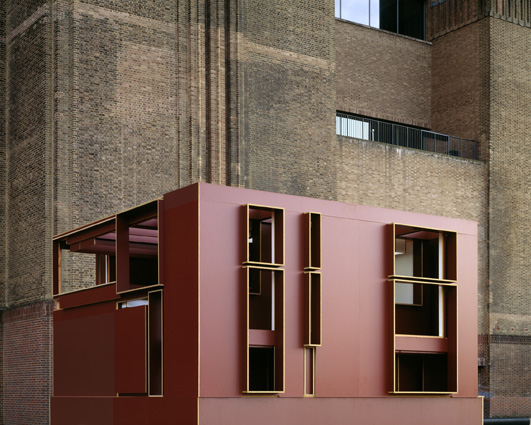 Denkmal 53, Tate Modern, Bankside 53, London SE1 9TG, 2005Lambda print
Denkmal 53, Tate Modern, Bankside 53, London SE1 9TG, 2005Lambda print
123×149 cm
Edition of 5



















































































































